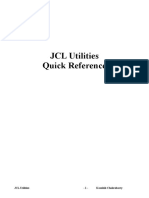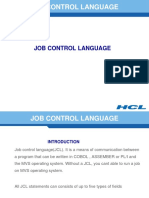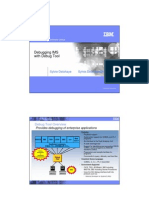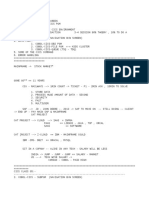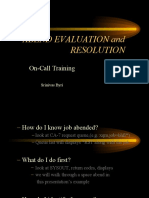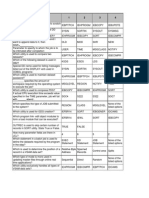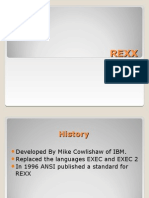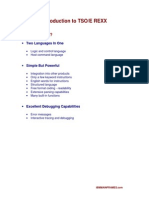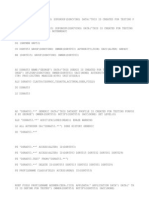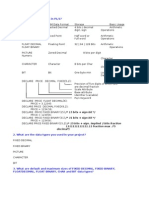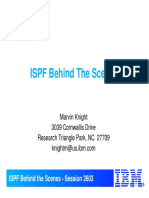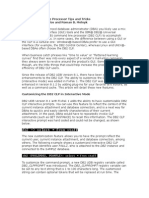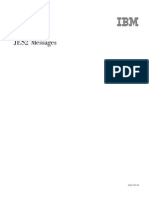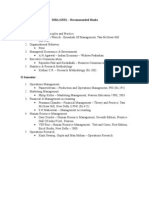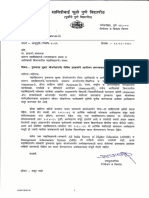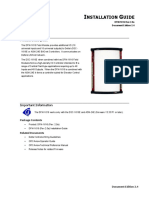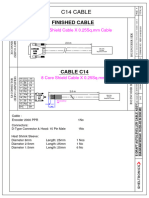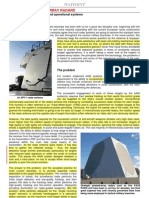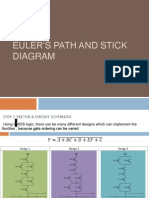100% found this document useful (2 votes)
2K views52 pagesIntroduction To Panels, Messages and Variables
ISPF is the interface between your program and the user on TSO. Sessions are in Ryman Chambers A / B / c, except labs (marked l)
Uploaded by
api-3736498Copyright
© Attribution Non-Commercial (BY-NC)
We take content rights seriously. If you suspect this is your content, claim it here.
Available Formats
Download as PDF, TXT or read online on Scribd
100% found this document useful (2 votes)
2K views52 pagesIntroduction To Panels, Messages and Variables
ISPF is the interface between your program and the user on TSO. Sessions are in Ryman Chambers A / B / c, except labs (marked l)
Uploaded by
api-3736498Copyright
© Attribution Non-Commercial (BY-NC)
We take content rights seriously. If you suspect this is your content, claim it here.
Available Formats
Download as PDF, TXT or read online on Scribd
/ 52

